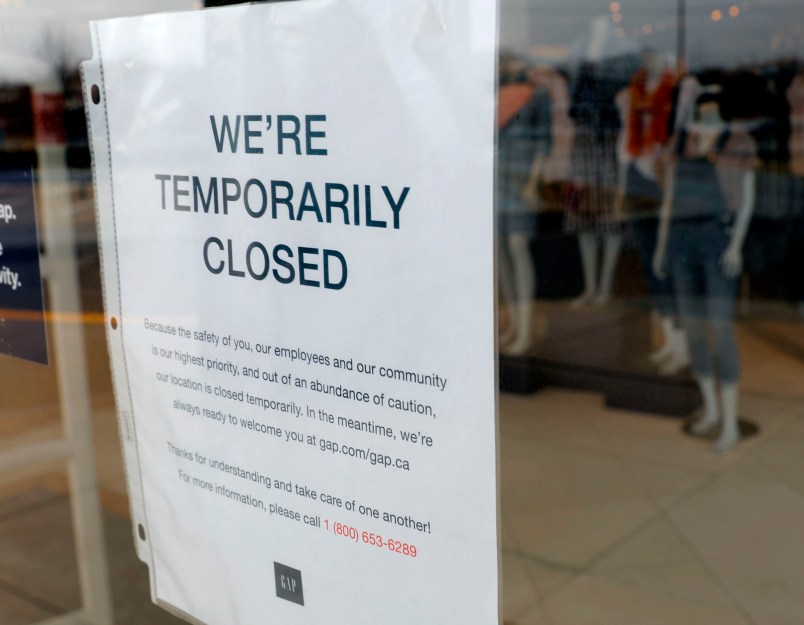This morning the Labor Department announced 3.28 million people filed for unemployment, the largest one-week number in United States history. This is a shocking number. It beat analyst estimates by nearly one million claims. It’s four times the previous record.
Yet, the worst is certainly ahead of us.
The Economic Policy institute estimated that as many as 14 million people may file for unemployment by this summer. In an interview with Bloomberg News on Sunday, Federal Reserve Governor James Bullard said the jobless rate may hit 30 percent in the second quarter, and GDP may contract by as much as 50 percent. With sufficient stimulus, Bullard said, the economy may turn around in the third quarter.
The stimulus plan passed by the Senate being voted on by the House tomorrow will unequivocally not be sufficient, however, for both political and logistical reasons. There are good things related to expanding unemployment benefits for those previously ineligible such as furloughed workers and gig workers. It also increases uninsurance benefits by $600 per week, meaning that anyone making $75k or less will be covered 100%. However, the Wall Street Journal reported last week that at least 22 states are not prepared for recession-level jobless levels. And we are going way, way, way beyond recession levels.
The bill also includes a one-time $1,200 payment to anyone making under $75k, phasing out entirely at $100k. But this provision designed to boost the economy is littered with holes. First, it’s based on 2018 tax returns. So if you made over $100,000 in 2018 but fell on hard times, this will not help you. Steve Mnuchin said most will get their payment within three weeks — this applies to the roughly 70 million Americans with a direct deposit on file with the IRS. But everyone else will get a check in the mail, and that could take up to four months.
Finally, a $350 billion dollar pool of “forgivable loans” will be managed by the Small Business Association’s 7(a) loan program, which is the agency’s primary lending mechanism and is used to dealing with roughly $25-30 million in loans per year, making this a monumental task for the organization. The definition of a small business is also highly suspect. It bizarrely categorizes companies by employees at specific locations, so if you have less than 500 employees at specific location, but in total have 100 locations and 500,000 employees, you are a small business. Your favorite coffee shop could be competing with Starbucks for funds.
So, we have an unprecedented spike in unemployment claims being met with an insufficient economic stimulus fraught with logistical unknowns and shortcomings, while millions more unemployment claims lurk around the corner. As shocking as today’s figures are, we have a long way to go. We should be prepared for much worse.






